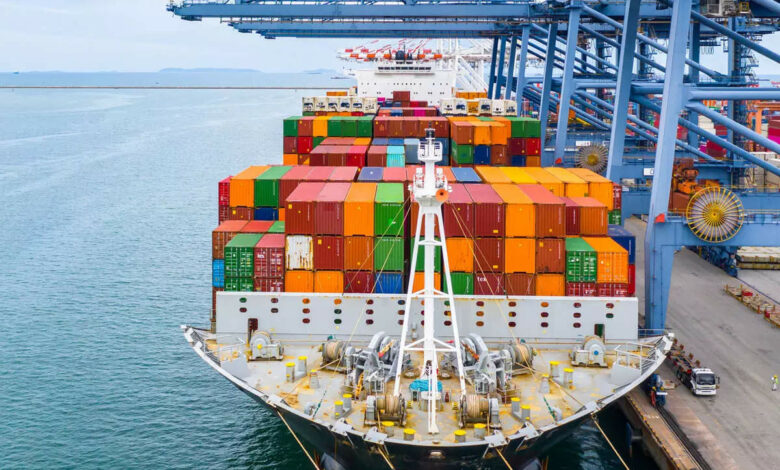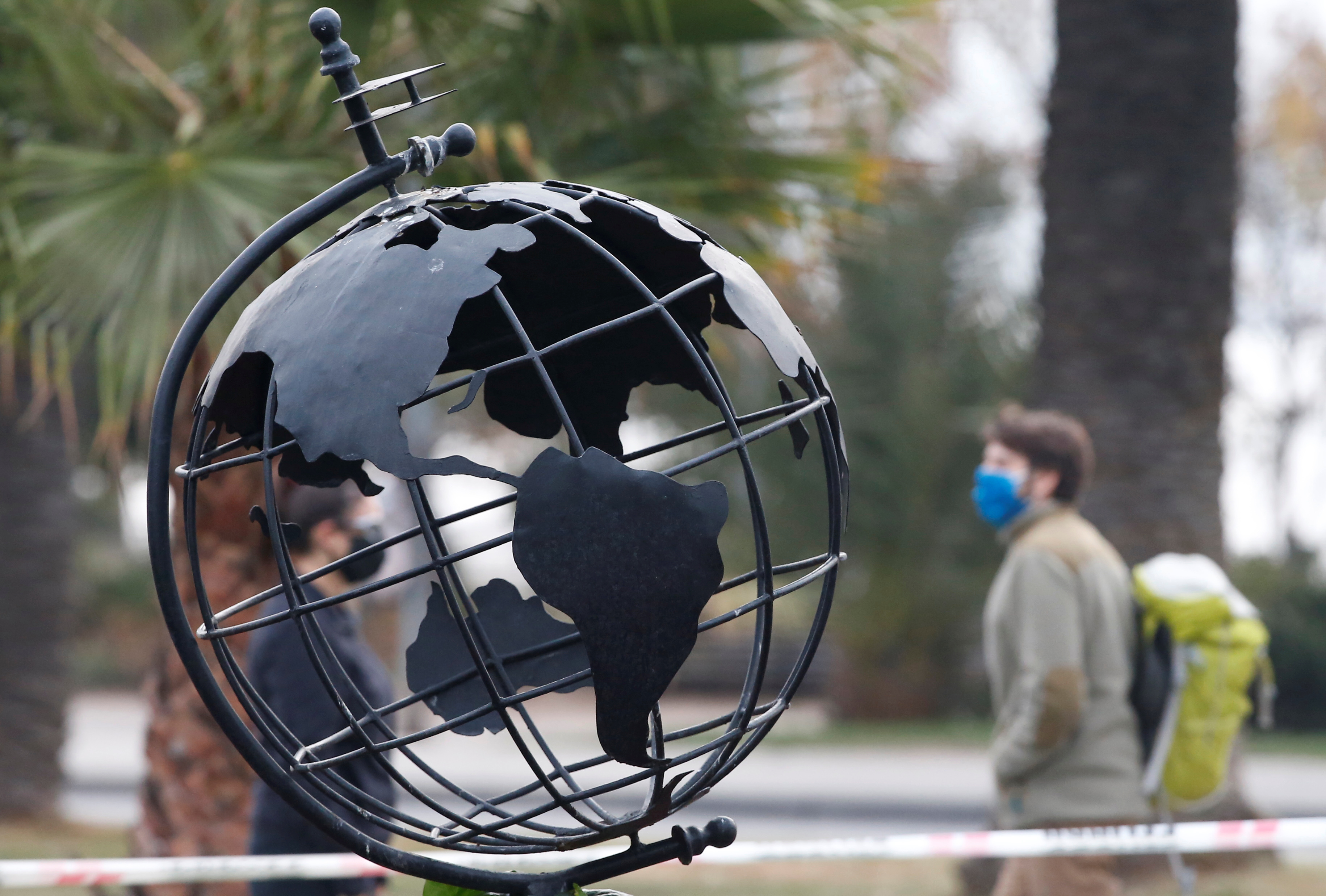
The pandemic curse that had inflicted severity around the world and world economy had also brought supply constraints with it. Given the stringent lockdowns that were placed across various other countries of the world, this led the supply ecosystem to get highly disrupted. This had led to a shortage of goods and services in various other economies. This was also particularly arduous due to the fact that the world economy works and robustly relies on trade and globalization.
Thus, the Supply bottleneck laid new challenges in front of the policy weavers. This is effectively a new challenge as it was deciphered that the global supply constraints were quite high and the supply routes not flexible and need the work to be done for similar future challenges. Now given the latest trend of the spread of the delta variant, again it is quite a possibility that the supply problem will move into next year.
Supply chain bottlenecks had effectively disrupted shipping and have upended factory production in Southeast Asian regions.
The repercussions
It is to be noted that such an odious supply constraints will lead to high prices in the economy. This is due to the emphatic fact that manufacturers in the economy are odiously reeling from shortages of crucial components. Such components involve high energy costs and higher prices of the raw material due to low availability.
Such shortages are effectively forcing bidders and manufacturers to fight wars to get space on vessels. This, subsequently, has pushed freight rates to record high coupled with leading certain shippers and manufactures to raise the price of the wares they sell.
Though the consumers are the ones who will bear the largest brunt, it is to be noted that manufacturers suffer from unconventional circumstances where it is quite difficult to procure components and containers that drive up the costs insanely.
World Economy
To put the burgeoning inflation in perspective, it is to be noted that according to reports, the cost of magnets itself has tremendously risen by about 50%. Further, such an increase in the prices has been witnessed since March which has effectively increased the production cost by a whopping 7%.

CHINA’S WOES
It is no news that China has been arduously and diligently working to eradicate the common enemy that many believe it invented. Given the resurgence that can be seen in China, it has to be noted that even a small number of rides in cases can cause major havoc on trade.
This is effectively due to the unadorned fact that in order to control the spread of the virus, mobility will have to be kept in check which will consequentially lead to supply chain disruptions. As a matter of fact, in its pursuit to tackle the crisis, China temporarily had closed a part of the world’s third-busiest container port at Ningbo this month.
The closure was for two weeks after a single delta variant case was found. dockworker was found to have the delta variant.
This problem perfectly articulates the problem of Port congestion and a serious shortage of container shipping which will lead the transport or the cost of sending a shipping container from Asia to Europe about 10 times costlier.
Burgeoning inflation: a problem
The disruptions caused by supply chain problems are not limited to just manufacturers but the consumers too. It is to be noted that the passage of the cost to the consumers has begun on a larger scale. Thus, effective higher freight rates or semiconductor prices could actually worsen already bad inflation being witnessed by various economies.
Such odious inflation threats have in fact led the U.S. forecasters to significantly drop or lower their growth projections for this financial year.
Additionally, the analysts have also increased their inflation expectations for the financial year 2022. According to reports, if a comparison is made to the last year’s personal consumption expenditure index, it is now significantly expected to rise by 4%. It is to be noted that such a rise will be witnessed in the third quarter itself and in the fourth, the detestable expectations are as high as 4.1%.
The policy conundrum
It is no news that various countries around the world have been taking the increasing inflation as transitory in nature. The two biggest examples of the same are China and the US. According to the central banks of these countries, inflation is transitory in nature and something not to be worried about.
Thus, higher liquidity and dovish monetary stance have been taken by each to revive the economy. This is in direct conflict with the policy to tackle inflation as growth and inflation in the economy face a tradeoff.
Thus, the situation presents quite a difficult choice for the nations that whether they should priorities growth or tackling inflation.
on the other hand, the immense spread of the delta variant, especially in Southeast Asia, is making the already complicated situation more complex.
This has led many factories to not operate at all. To tackle the situation in Vietnam, which is a significant manufacturer of goods and also the world’s second-largest producer of apparel and footwear, the government has effectively ordered the manufacturers to actually allow the workers to sleep in their factories. This has been done to and keeps the exports moving.
Thus, what is most crucial for the policy weavers is that the need to make the global trade routes robust and resilient is quite high. Given the need of the hour, the failure of the supply constraints poses the biggest threat not only to manufacturers but also the consumers. Thus, strategic partnerships to revamp the global supply constraints can make globalization and trade more effective.




